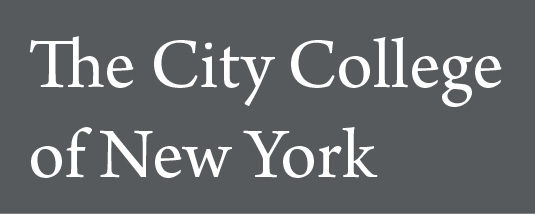The paper has two components:
Short Paper #2: Outline
Short Paper #2: Final Draft
You must write your final draft based on your graded outline.
Outline: Instructions
Review Paper #2: Final Draft options 1, 2, 3 below and select only one. Write an outline responding to the assignment option you have chosen. You must review Sample Paper #2: Outline.
Submit via Bb:
~annotated bibliography
-a working thesis
-a bullet point list of your paper’s body paragraphs’ main ideas
-one fully developed persuasive paragraph
Final Draft: Instructions
Review Paper #2: Final Draft options 1, 2, 3 below and select only one. You also must review:
Short Paper #2: Structure handout
Sample Paper #2: Final Draft
Chicago Manual of Style Guide
MetPublications


